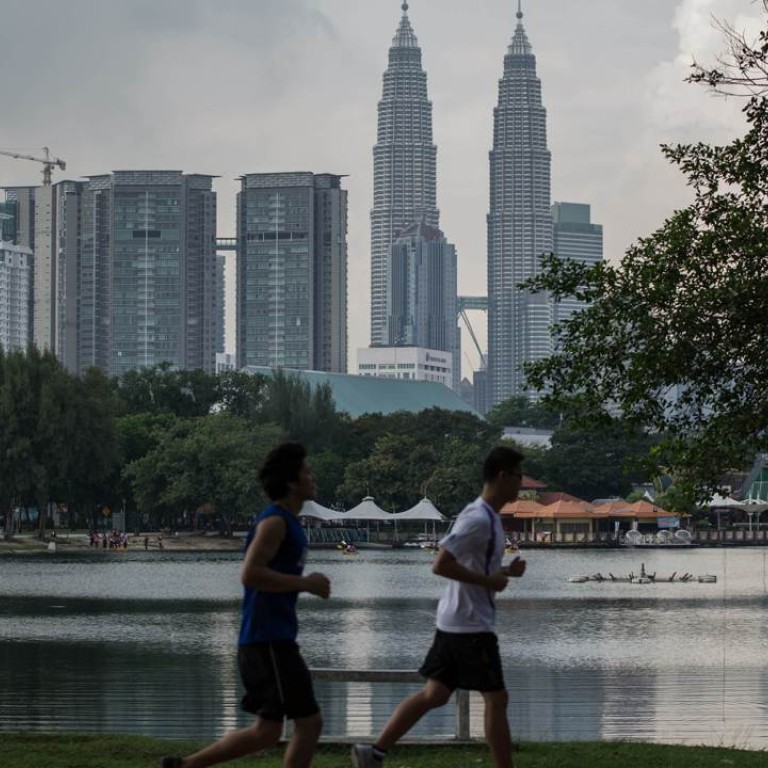
Malaysia an attractive proposition for real estate investors
It is now possible to buy world-class real estate in prime locations offering net yields of 6 per cent
If 2015 has shown us anything, it is just how resilient Malaysia has been despite everything that was thrown at it: declining prices for energy and commodities, a political fiasco and the falling Malaysian ringgit (RM), which became one of the worst performing currencies across Asia.
Indeed, we believe that over the next couple of years or so, the current macroeconomic environment offers real estate investors an attractive window of opportunity to increase exposure to Malaysian real estate. It is now possible to buy world-class real estate in prime locations offering net yields of 6 per cent. For overseas investors, the ringgit has fallen 25 per cent against the US dollar compared to 12 months ago and is widely thought to be undervalued.
Assets that are desirable will be successful and integrated schemes where people want to live, work, eat and shop are in demand and rare in Malaysia. Mid-Valley City, about a 20-minute drive from the heart of Kuala Lumpur, is a good example of a development that continues to be in strong demand, despite rising competition. Attracting 34 million visitors a year, it consists of two mega shopping malls (Mid-Valley Mall and Gardens Mall), three hotels, residential apartments and several office towers where occupancy is consistently high (above 90 per cent) and rental rates that outperform other buildings in the area.
Another example is KL Eco City, a 10-hectare, mixed-use development project under way by SP Setia. This development includes three luxury residential towers, which were well-received by the market and have been fully sold, a retail mall and offices. More than 60 per cent of the entire development is dedicated to commercial office space, of which 90 per cent has been sold.
Older buildings, particularly those that have been poorly maintained, will find it challenging
In contrast to these well-designed, mixed-use projects, there are plenty of outdated, poorly managed older buildings in Malaysia. Indeed, close to 75 per cent of Kuala Lumpur’s office stock is more than 15 years old; less than 15 per cent is less than five years old.
Older buildings, particularly those that have been poorly maintained, will find it challenging as occupiers upgrade their space and this will present a number of redevelopment opportunities.
On a macro level, we are seeing indicators that will shield the nation from seeing a stormy 2016.
Malaysia’s economic performance has remained steady despite the headwinds of 2015. It is expected to have grown by 4.7 per cent in 2015 (down from 6.0 per cent in 2014) and growth of 4.9 per cent is forecast for this year. Indeed, Malaysia’s economy has consistently demonstrated its resilience over the years. After the 1997 Asian financial crisis, Malaysia continued to post solid growth rates of 5.5 per cent a year from 2000 to 2008. Although its economy was affected by the global financial crisis in 2009, it rebounded quickly, posting growth rates averaging 5.7 per cent since 2010.
Malaysia has successfully transformed from an exporter of raw materials into a diversified economy. The service sector is now the largest sector of the economy accounting for over half of gross domestic product. With a fairly robust economy, Malaysia’s real estate market has tended to be less volatile than some of its Asian neighbours whose economies are more dependent on the vulnerability of the global financial markets.
There has been a lot of attention in the media about the layoffs in the energy and commodity sectors, which can be quite alarming when considered in isolation. A recent example is Shell which announced plans to shed 20 per cent (1,300 people) of its Malaysian workforce.
However, even though the unemployment rate was rising in 2015, hitting 3.1 per cent it October, it still remains below the long-term Malaysia average of 3.25 per cent and below the all-time high of 4.5 per cent in 1999.
Rising unemployment is obviously not positive for real estate as it effects the demand side of the equation, leading to rising vacancies and weaker demand for homes.
It is fair to say that there have been some concerns about rising household debt in Malaysia but successive measures introduced by Malaysia’s Central Bank since 2010 have tightened lending criteria and curbed property speculation. The most significant were the abolishment of developer interest bearing schemes (DIBS) and the enforcement of stricter loan-to-value ratios. These types of cooling measures, which have also been introduced in other Asian markets, have been positive for the long-term health of the Malaysian real estate market because they have slowed down the rise in residential prices to more sustainable levels.
We cannot say with certainty how 2016 will turn out, but for medium- to long-term investors, especially those from overseas who can benefit from the undervalued currency, we believe there is an attractive window of opportunity to enter the market.
James Buckley is executive director for capital markets at Knight Frank Malaysia
